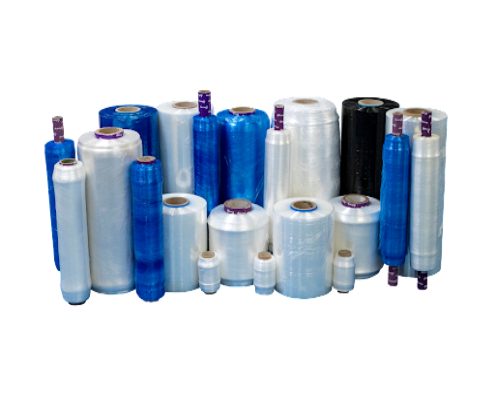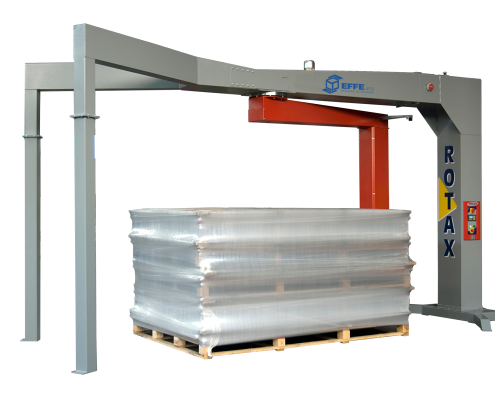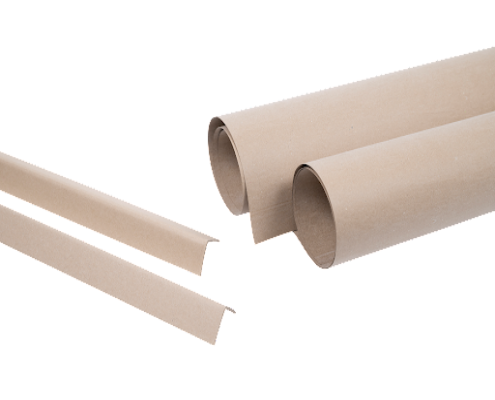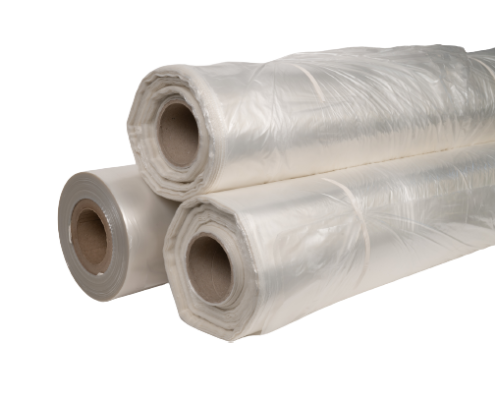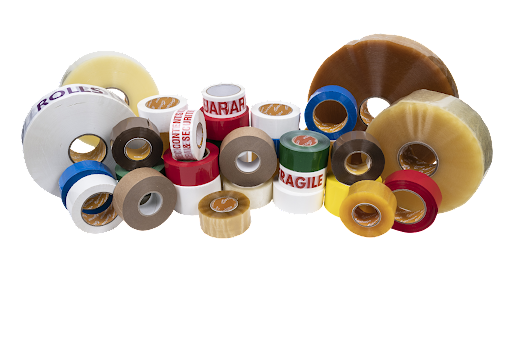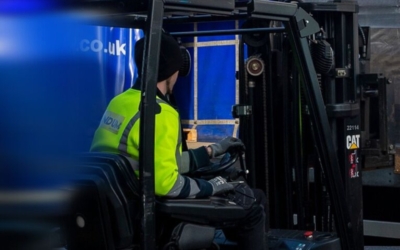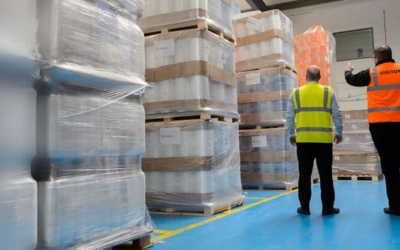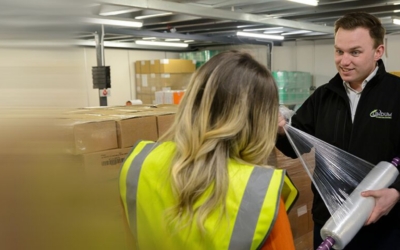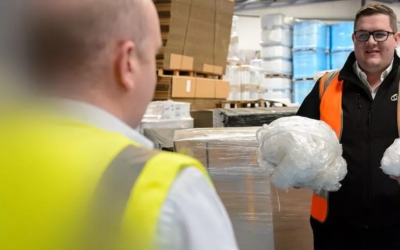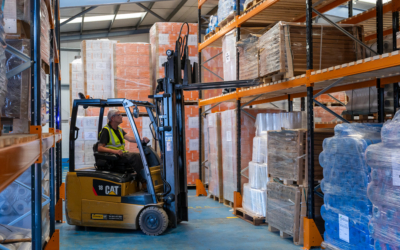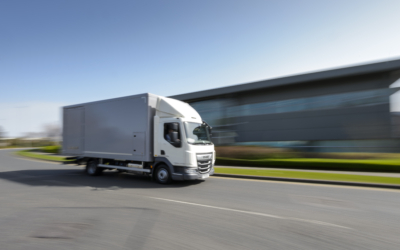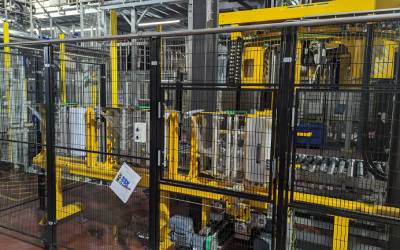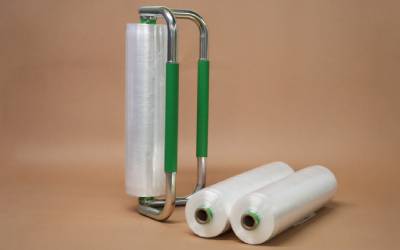How do you work out the carbon footprint of pallet wrap?
What is carbon footprint?
A carbon footprint is the total amount of greenhouse gases, primarily carbon dioxide, and other emissions produced directly or indirectly by human activities. It serves as a measure of our environmental impact, reflecting the quantity of carbon released into the atmosphere as a result of various actions, such as driving cars, using electricity, manufacturing goods, and even the food we consume. Calculating and reducing our carbon footprint has become crucial in the fight against climate change. By making conscious choices to minimize emissions, such as adopting renewable energy sources, practicing energy efficiency, and opting for sustainable transportation and consumption habits, individuals, businesses, and communities can collectively contribute to a more sustainable and greener future.
How do you work out the carbon footprint of pallet wrap?
Information regarding the carbon footprint of pallet wrap (usually per kg) can be found online. To work out the total carbon footprint of your pallet wrap usage you can multiply the carbon footprint per kg by the total weight of stretch film used. Check out our carbon footprint calculator which will calculate this for you.
How do we help companies to reduce their carbon footprint?
Through optimisation, we help our clients to improve the efficiency of their packaging processes.
Here are some ways we can optimise your transit packaging:
- Ensuring your wrapping machines are running smoothly and are stretching the film to its optimum can help you to significantly reduce the amount of pallet wrap used to wrap each pallet.
- We often see companies using the wrong type of pallet wrap or an over specified film for their requirements. For example, a common mistake is using a power pre-stretch film on a core brake machine or a heavy film on a light, uniform pallet. Both these examples are extremely inefficient and are using much more pallet wrap than necessary. In these cases we would recommend a pre-stretched film and work with company to implement a thinner micron film.
Both of the examples above are reducing the weight of pallet wrap applied to each pallet. By reducing the amount of pallet wrap you are using in your operations, we are helping you to reduce your carbon footprint. We can identify whether there are any areas for improvement during our transit packaging audit. If you are looking to reduce the carbon footprint of your business operations, then get in touch and we will be glad to help you achieve your aims.

